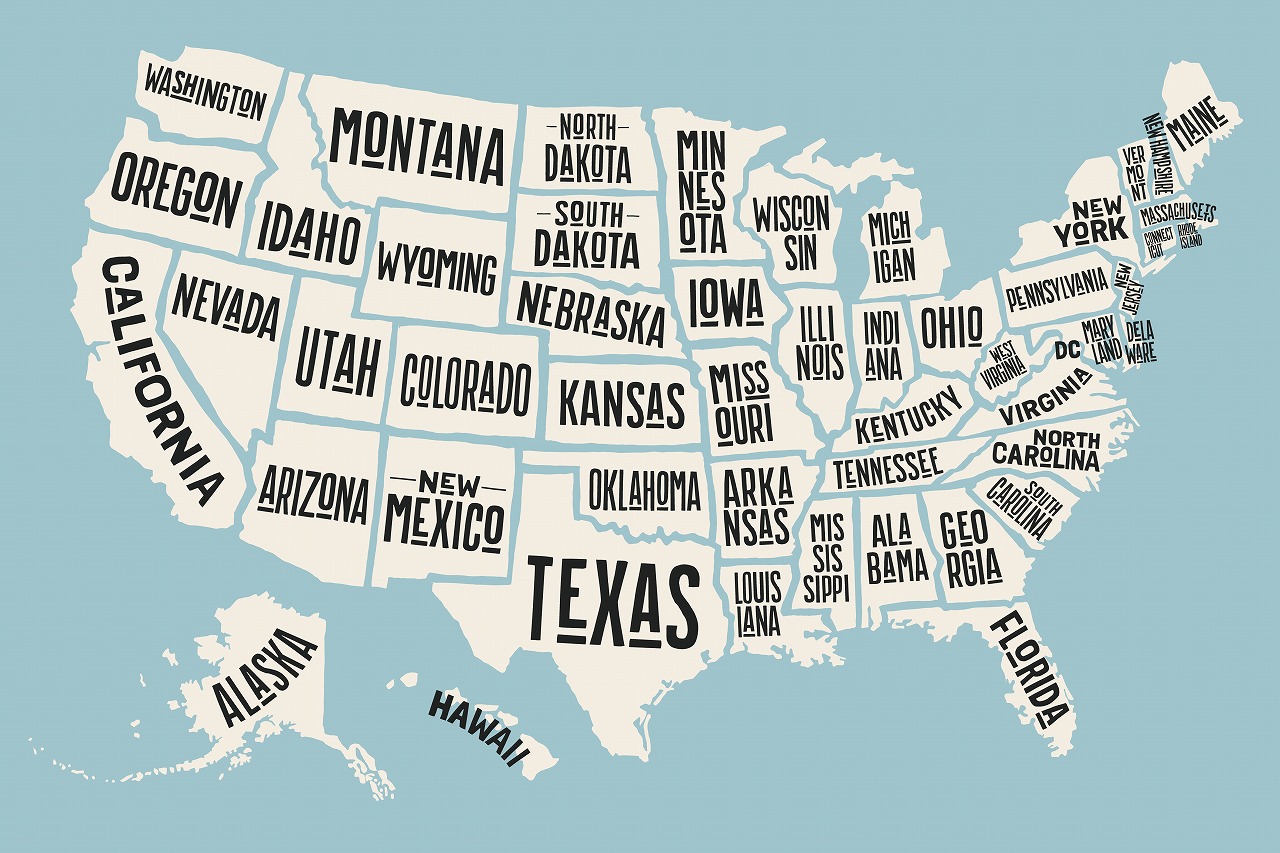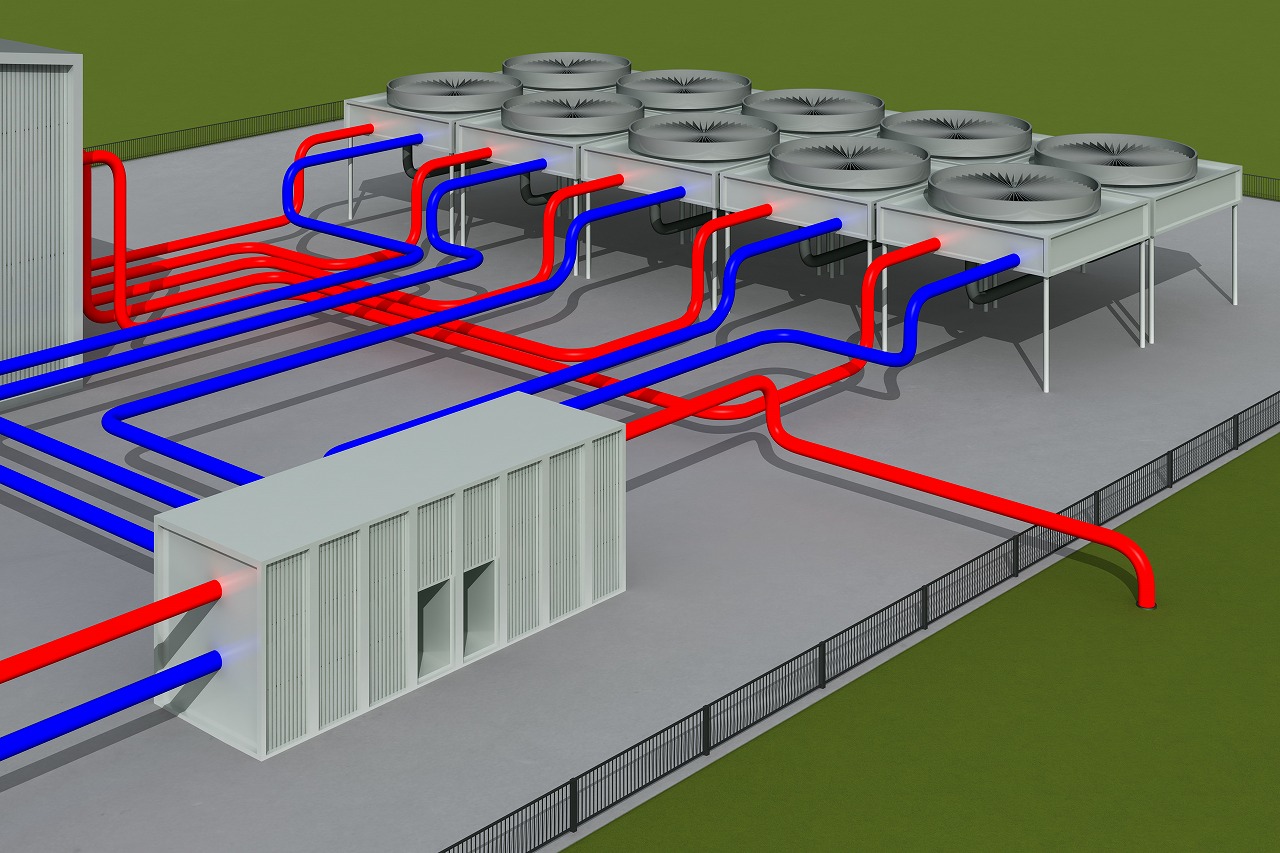
TOPICS & NEWS

(JA) オフバランス化の問題点
Sorry, this entry is only available in JA.
TOPICS & NEWS
2022.11.01
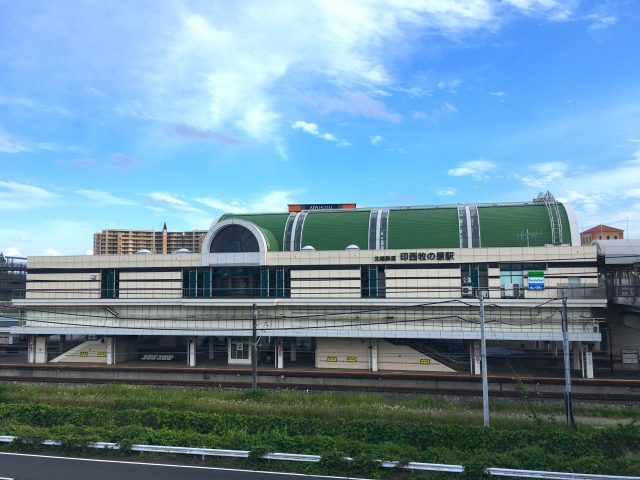
(JA) Googleの進出で、『DC銀座』として更に加熱する千葉県印西市
Sorry, this entry is only available in JA.
TOPICS & NEWS
2022.11.01
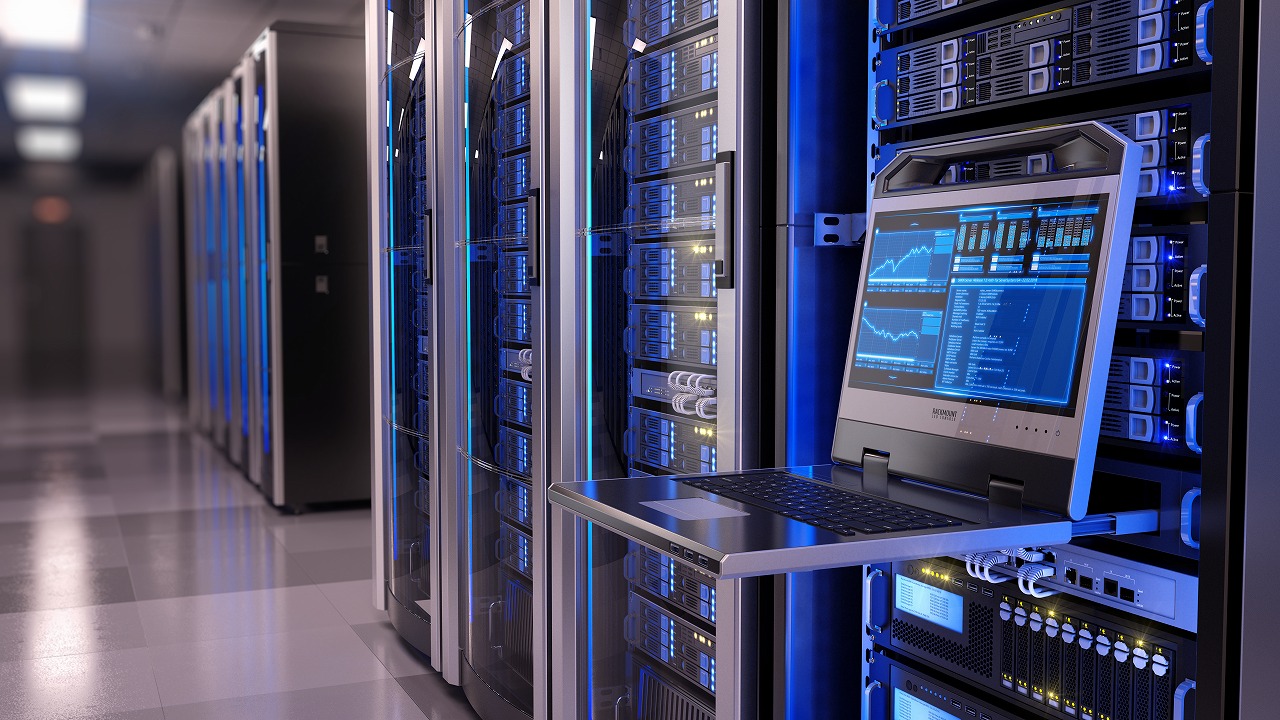
(JA) オフバランス化とは何か?注目される理由を解説します。
Sorry, this entry is only available in JA.
TOPICS & NEWS
2022.09.29
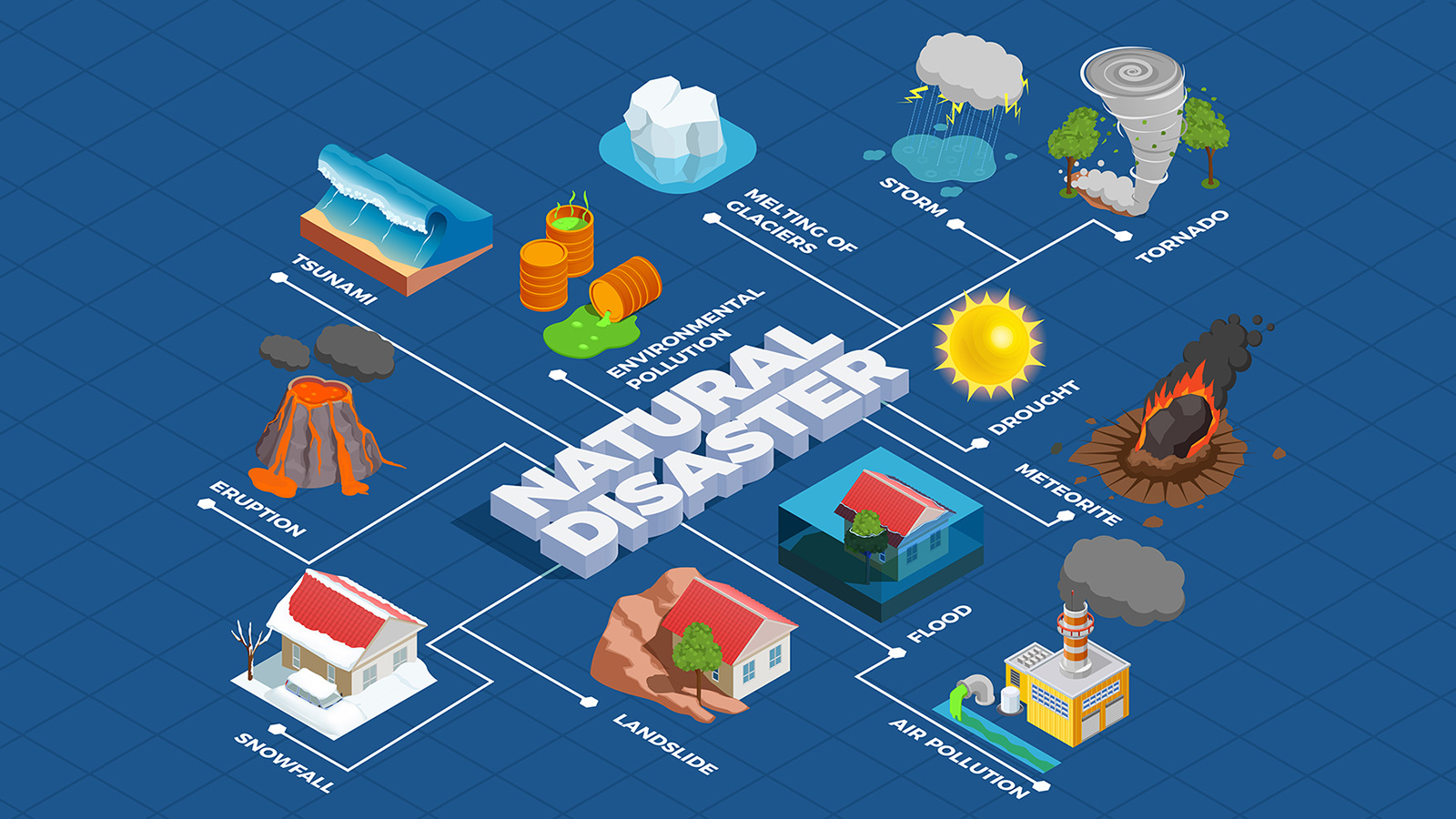
データセンターに求められるロケーション
Sorry, this entry is only available in JA.
TOPICS & NEWS
2022.09.12



 JA
JA


